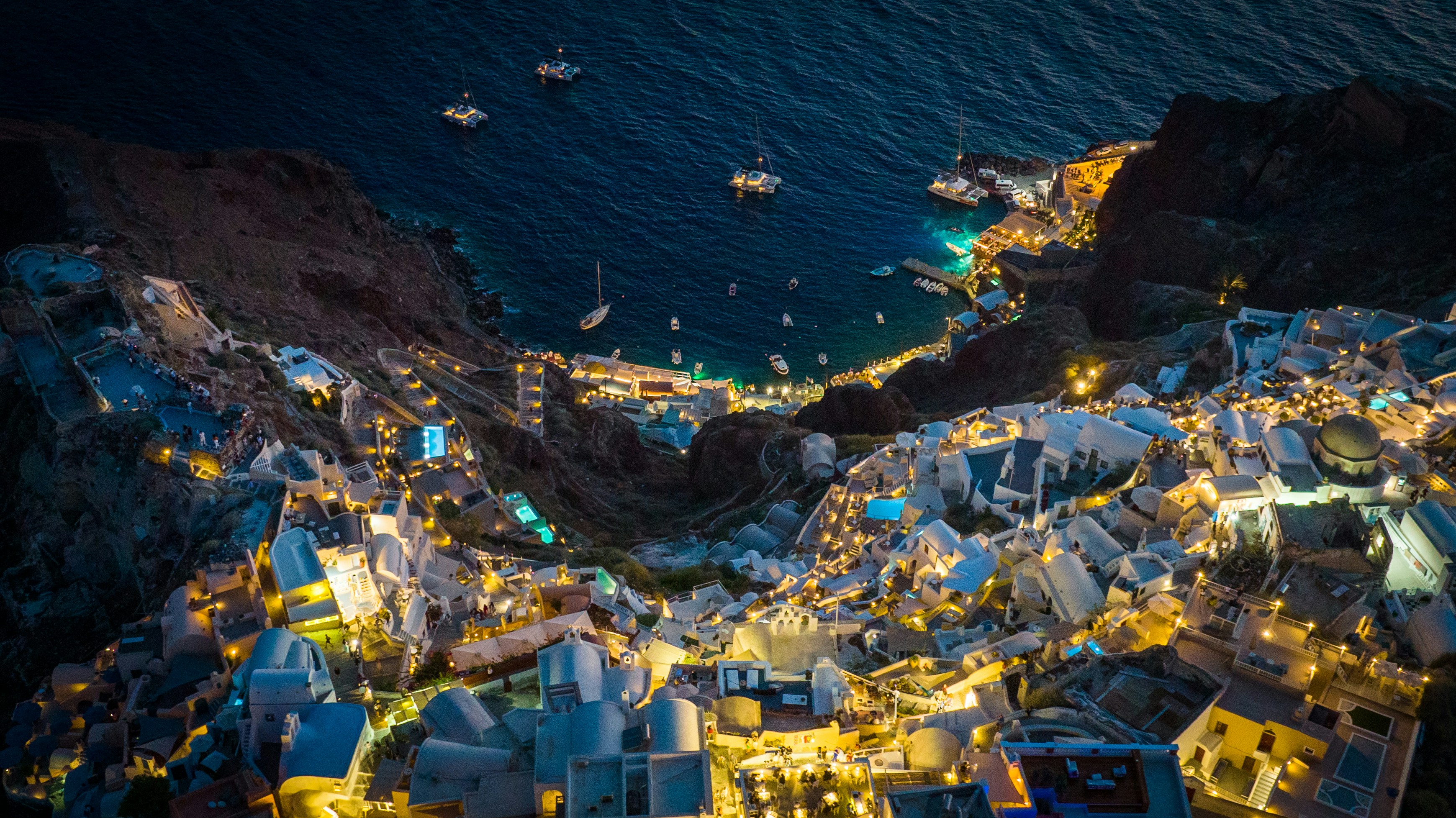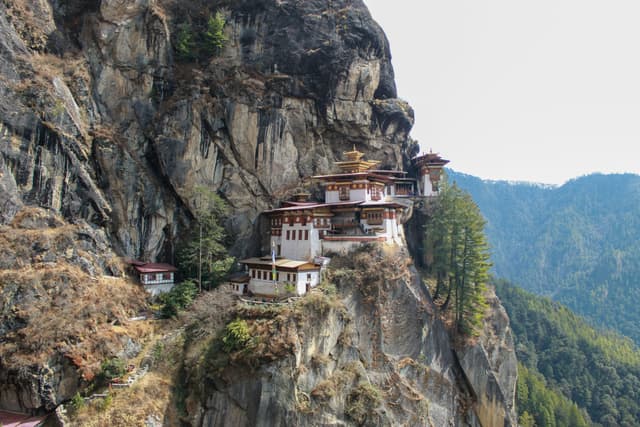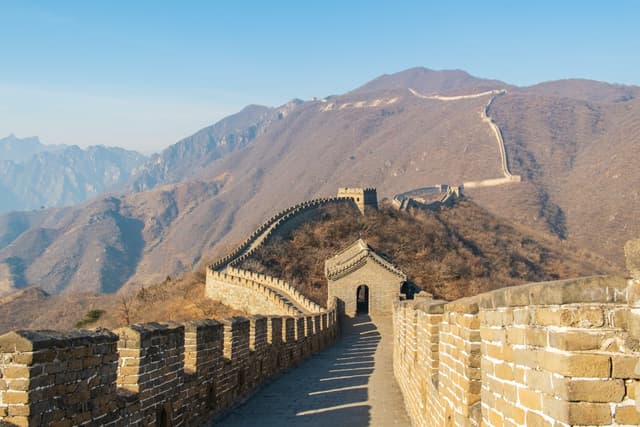There are places in the world that feel unreal at first glance — too perfectly lit, too gracefully designed, too dramatically beautiful. Santorini is one of them. Whitewashed houses cascade down cliffs like melting sugar cubes, domes gleam with Cycladic blue, and the sunsets — oh, the sunsets — seem painted by a god with a flair for drama.
But this island is more than just a pretty face. Santorini is a caldera — the remnant of one of the most powerful volcanic eruptions in recorded history. It is as much about fire as it is about romance, shaped by the sea, scarred by time, and softened by human touch.
To visit Santorini is to float between myth and reality, to explore ruins and wines and cliffside villages that whisper of Atlantis and the ancient world. It’s a place that leaves a mark — sometimes subtle, sometimes soul-deep.
A Cataclysmic Birth
Around 1600 BCE, the island we now call Santorini was the site of the Minoan eruption, one of the largest volcanic events in human history. It tore the heart out of the island, creating a caldera that flooded with seawater and sent shockwaves across the Aegean and beyond.
That explosion may have contributed to the collapse of the Minoan civilization and might even be the root of the Atlantis legend. Today, the volcano sleeps — but the landscape it left behind remains staggeringly beautiful: steep cliffs, sunken bays, and the crescent-shaped embrace of the island around its own volcanic heart.
Fira: The Cliffside Capital
Most visitors arrive in Fira, Santorini’s capital, perched high above the Aegean on the western cliffs. It’s a labyrinth of narrow alleys, domed churches, bustling cafés, and boutiques that alternate between chic and kitschy.
From its edge, you can see the full sweep of the caldera, dotted with cruise ships that look like toys on a blue tablecloth. And when the light begins to shift toward evening, crowds gather for the first hint of the island’s famous sunsets.
But Fira is more than a viewpoint. Its Archaeological Museum holds treasures from the island’s ancient past, while the nearby Museum of Prehistoric Thera houses objects recovered from Akrotiri, offering a haunting glimpse into the lives lost in that ancient eruption.
Oia: The Postcard Come to Life
Then there is Oia (pronounced “Ee-ah”), arguably the most photogenic village in the entire Aegean. It’s a maze of narrow streets, domed churches, charming cave houses, and boutique hotels with infinity pools that seem to pour directly into the sea.
Oia’s charm is undeniable. Everything is immaculate — bougainvillaea spills from white walls, cats lounge in doorways, and every corner seems designed for beauty. And yes, the sunsets here are legendary. Tourists applaud them as if they were performances, which in a way, they are.
But Oia rewards early risers just as much as sunset-chasers. At dawn, when the light is soft and the streets are empty, the village feels like a secret kept just for you.
Akrotiri: A Greek Pompeii
Long before the island became a romantic destination for honeymooners and Instagrammers, it was a vibrant Bronze Age city. The ancient site of Akrotiri, preserved under volcanic ash, offers an extraordinary look at Minoan life — frescoes, pottery, tools, even multi-story buildings.
Wandering through the covered excavation site, you’ll see the layout of streets, the remains of homes, and intricate artwork that survived not just time but catastrophe. Unlike Pompeii, no bodies were found here, suggesting a successful evacuation. It’s a place of both awe and melancholy — a civilization frozen mid-step.
The Volcano and Hot Springs
You can’t fully understand Santorini without confronting the volcano that created it. From the old port of Fira, boats ferry visitors to Nea Kameni, the barren island in the center of the caldera. A short but hot and rocky hike leads to the steaming vents of the still-active crater.
The sulfur-scented hot springs of Palea Kameni offer a muddy, mineral-rich soak in warm, orange-hued waters — a strange but satisfying experience. The contrast between the dark volcanic rock, turquoise sea, and white sailboats is pure visual poetry.
Beaches Like No Other
Santorini’s beaches are not the soft, golden arcs of other Greek islands. They’re rugged, dramatic, and colored by geology.
Red Beach, near Akrotiri, is framed by crimson cliffs and pebbles, like a Martian cove where you can swim.
Perissa and Kamari offer black volcanic sand and a lively beach scene, with bars, sunbeds, and water sports.
Vlychada is sculpted by wind and water into eerie formations — like standing in a Dali painting.
These beaches may not be conventionally pretty, but they’re unforgettable.
Wineries and Whitewashed Cellars
Santorini is home to some of the oldest vineyards in the world, planted in volcanic soil that gives the island’s wines a unique minerality. Because of strong winds, vines are trained into basket shapes (called kouloura) close to the ground — a method found almost nowhere else.
Don’t leave the island without tasting:
Assyrtiko – dry, crisp, and full of volcanic character.
Vinsanto – a sweet dessert wine aged in the sun, amber-colored and complex.
Many wineries offer tastings with views over the caldera. A glass of Assyrtiko at sunset might be one of the most elegant moments you’ll ever have.
Local Flavors and Island Cuisine
Santorini’s food is rooted in tradition and shaped by the land. Because of the volcanic soil and lack of fresh water, the island produces small but intensely flavorful crops — cherry tomatoes, capers, white eggplants, fava beans.
Try:
Fava me koukia – a creamy puree of yellow split peas, drizzled with olive oil and lemon.
Tomatokeftedes – crispy tomato fritters, aromatic with herbs.
Grilled octopus, sun-dried and charred just right.
And of course, fresh seafood at a taverna by the water.
Pair it with a local wine, and you’ll taste the island itself.
Beyond the Crowds: Hidden Corners
While Fira and Oia are breathtaking, there’s more to Santorini than its famous cliffside towns.
Pyrgos is a hilltop village with a medieval feel and panoramic views.
Emporio offers narrow alleys, a Venetian castle, and a sense of time standing still.
Megalochori, with its quiet plazas and neoclassical mansions, is perfect for slow afternoons and long lunches.
Renting a car or ATV opens up the island. The roads are narrow and occasionally wild, but the freedom is worth it.
Cultural Layers and Religious Spirit
Santorini isn’t just about views and wine — it has a spiritual side, too. Dozens of churches and chapels dot the island, each with its blue dome, white bell tower, and simple cross. Some are open, others closed, but all carry a quiet reverence.
In August, many villages celebrate the Panagia (Virgin Mary) festival with music, food, and processions. You may find yourself swept into a celebration, welcomed by strangers who treat you like family.
Sunsets and Silence
Yes, the sunsets are as stunning as they say. But the magic of Santorini isn’t just in the color of the sky — it’s in the silence between things: the hush before dawn, the wind between cliffside homes, the stillness of a chapel at midday.
This is a place where time slows. Where luxury meets simplicity. Where every vista feels designed for reflection.
Practical Tips for Visiting Santorini
Best Time to Visit: April to early June and September to October. Summer is crowded and hot; winter is quiet but many places close.
How to Get There: By ferry from Athens (5–8 hours), or a short flight from major European cities.
Getting Around: Rent a car, scooter, or ATV. Buses are cheap but infrequent and crowded in high season.
Where to Stay: Cliffside suites in Oia or Fira offer stunning views, but for quiet charm, consider Pyrgos or Megalochori.
Dress Smart: Stylish but comfortable. Good walking shoes are essential on steep paths and cobbled streets.
Book in Advance: Especially for cliffside accommodations, restaurants with views, and wine tastings.
Leaving the Island — But Not Really
When you leave Santorini, you’ll carry it with you — in your camera roll, your taste memories, your sun-warmed skin. But also in subtler ways: a newfound appreciation for color and contrast, a longing for silence, a reminder that beauty can emerge from destruction.
It is an island of paradoxes: fire and water, myth and reality, simplicity and luxury. And in that delicate balance, it becomes unforgettable.
Loading...



